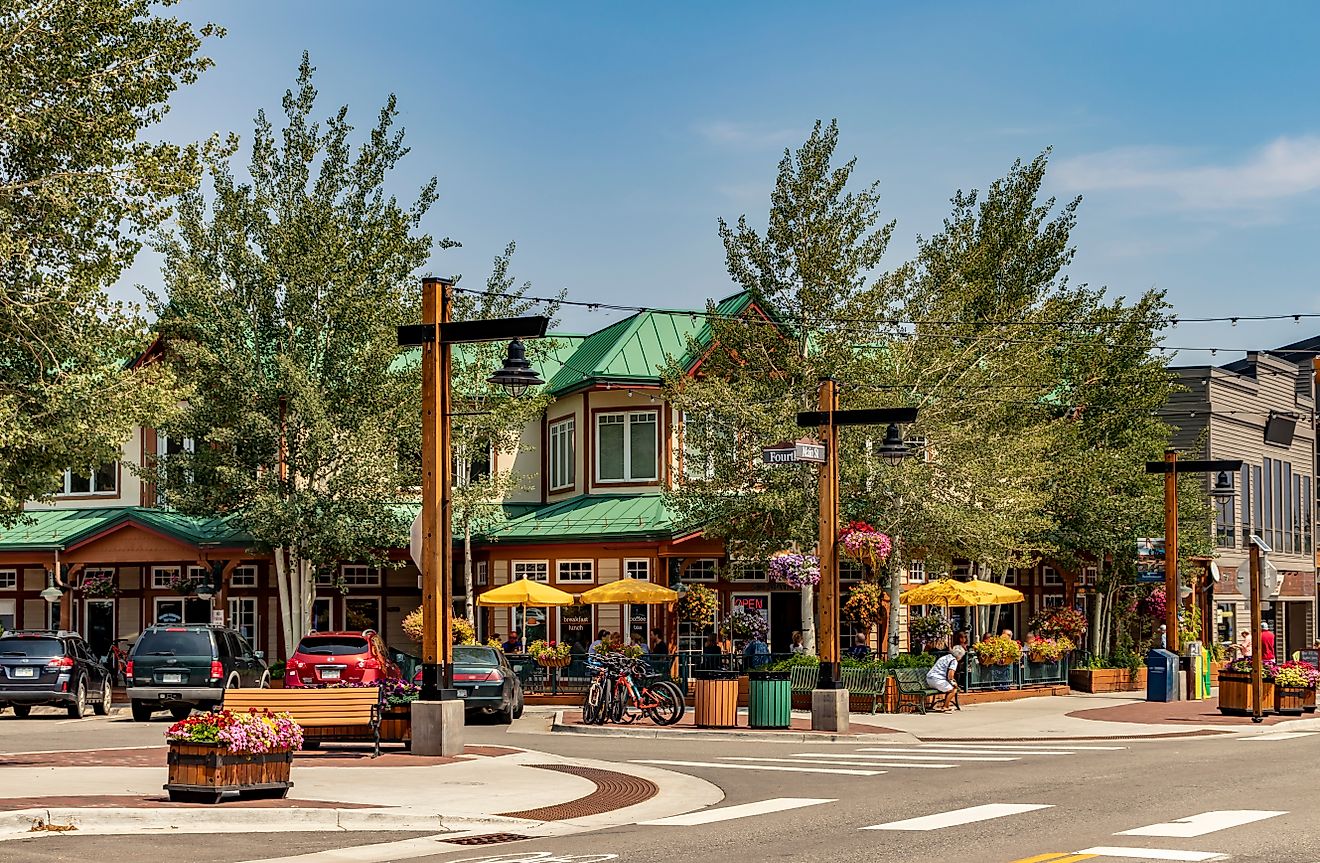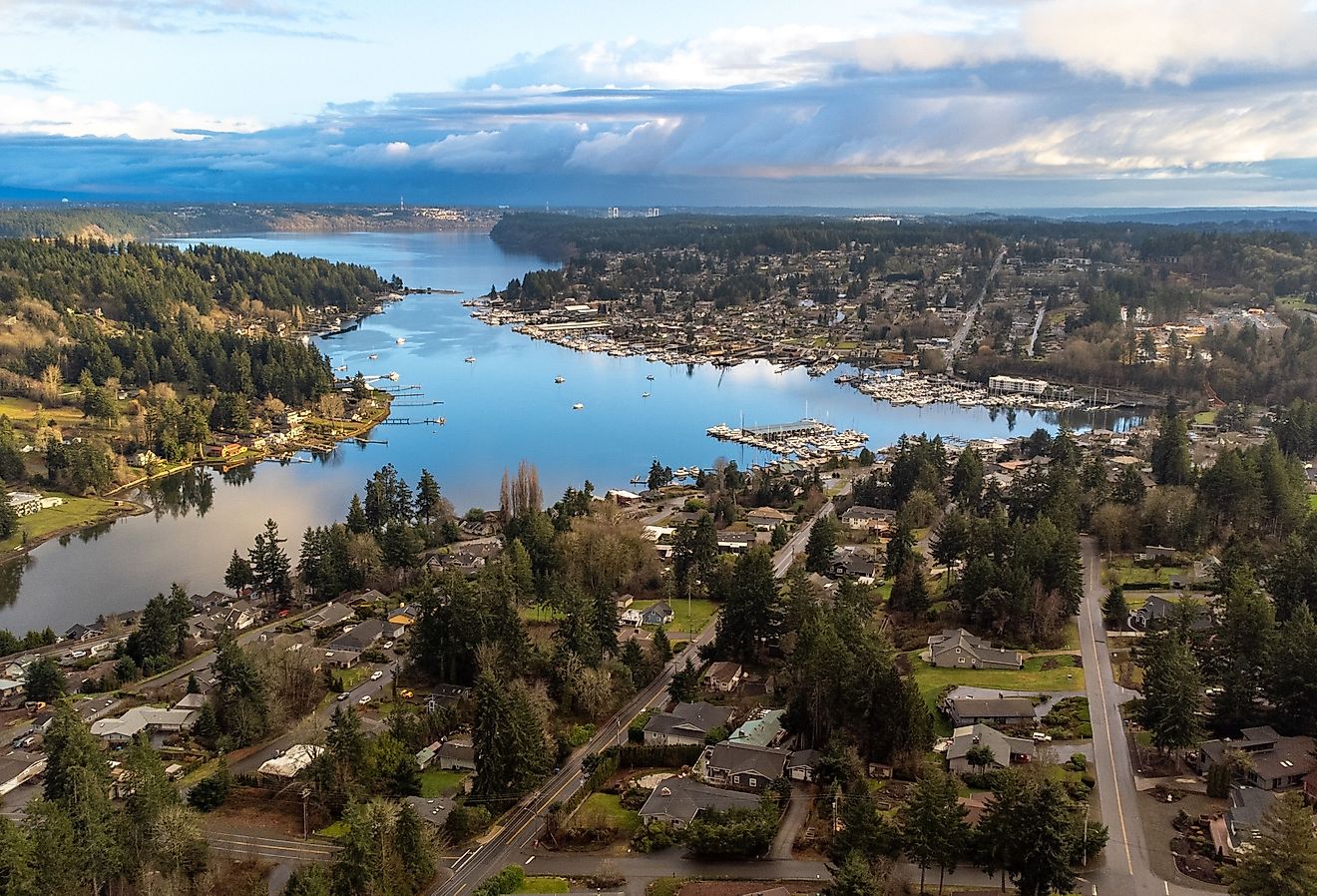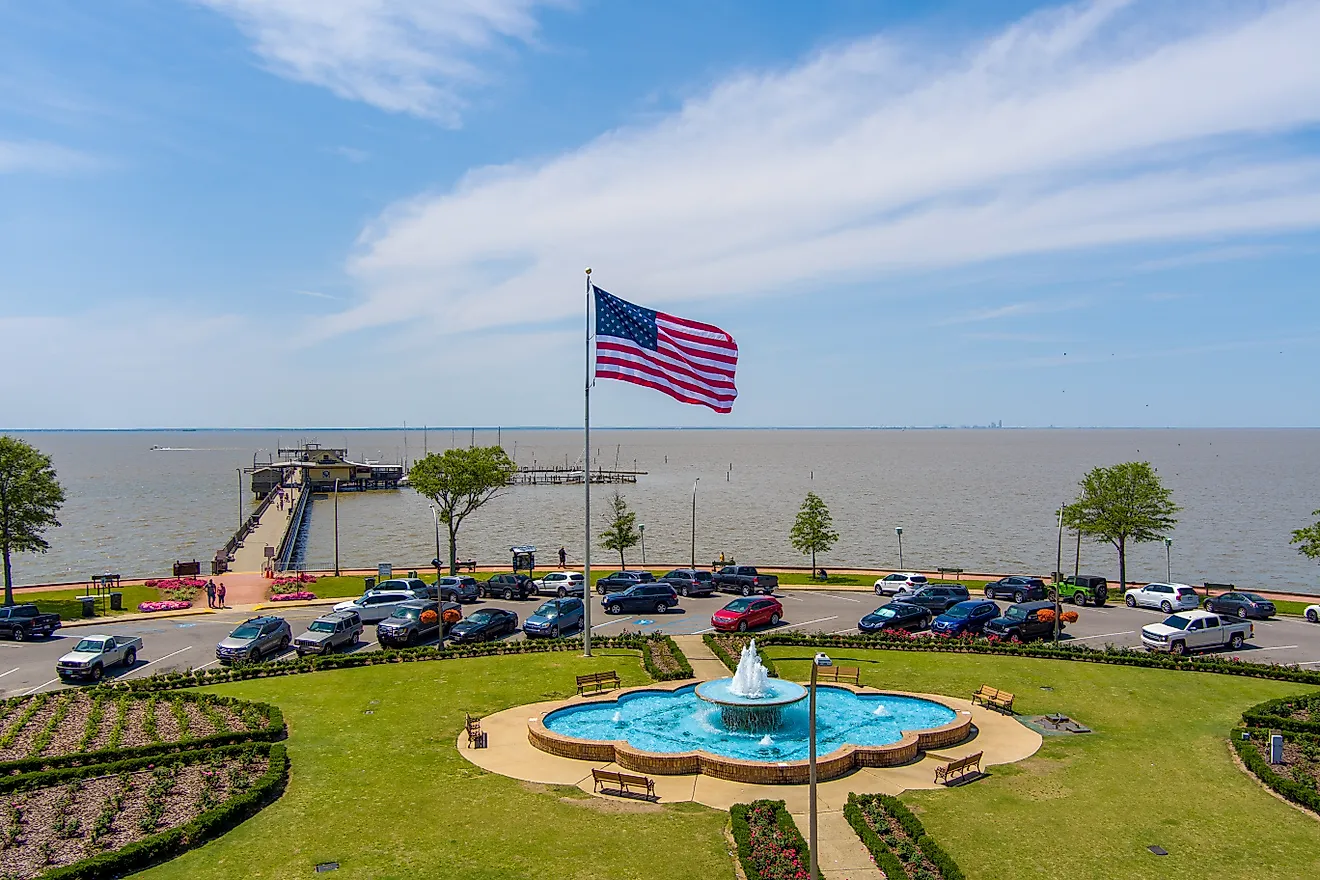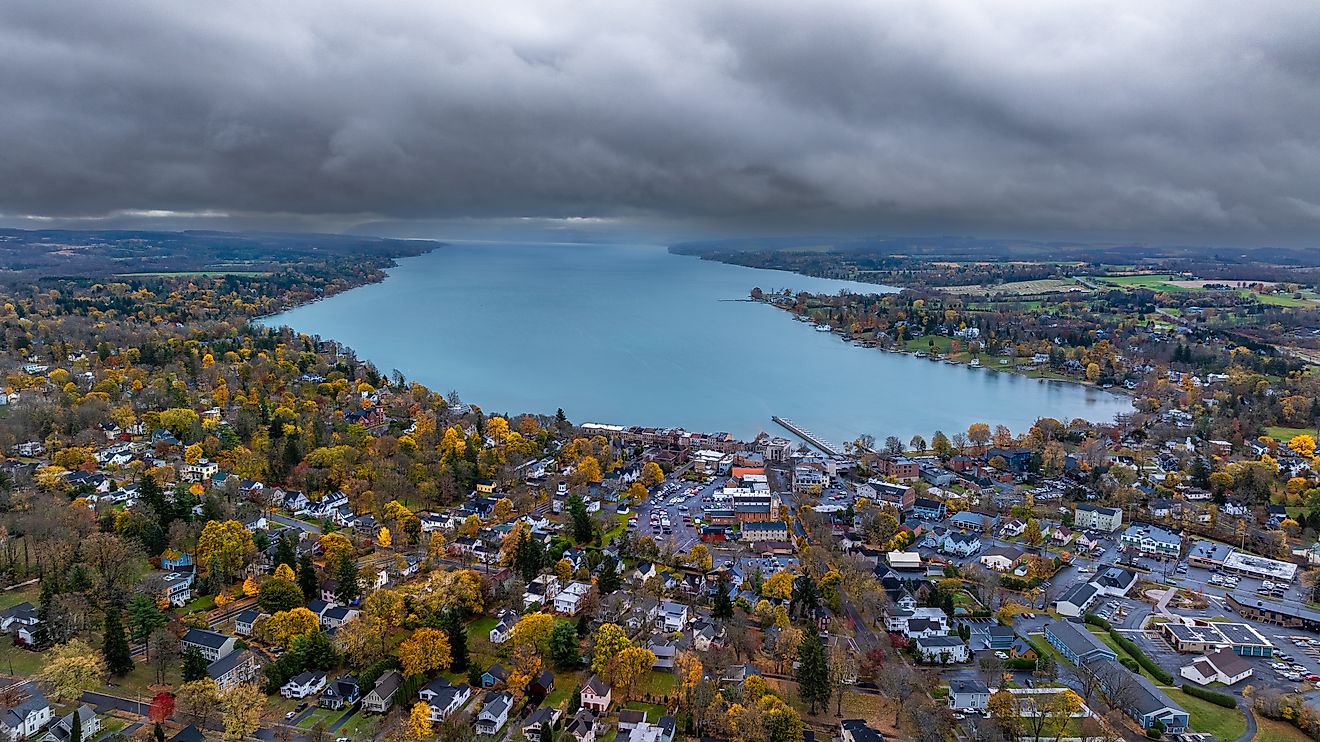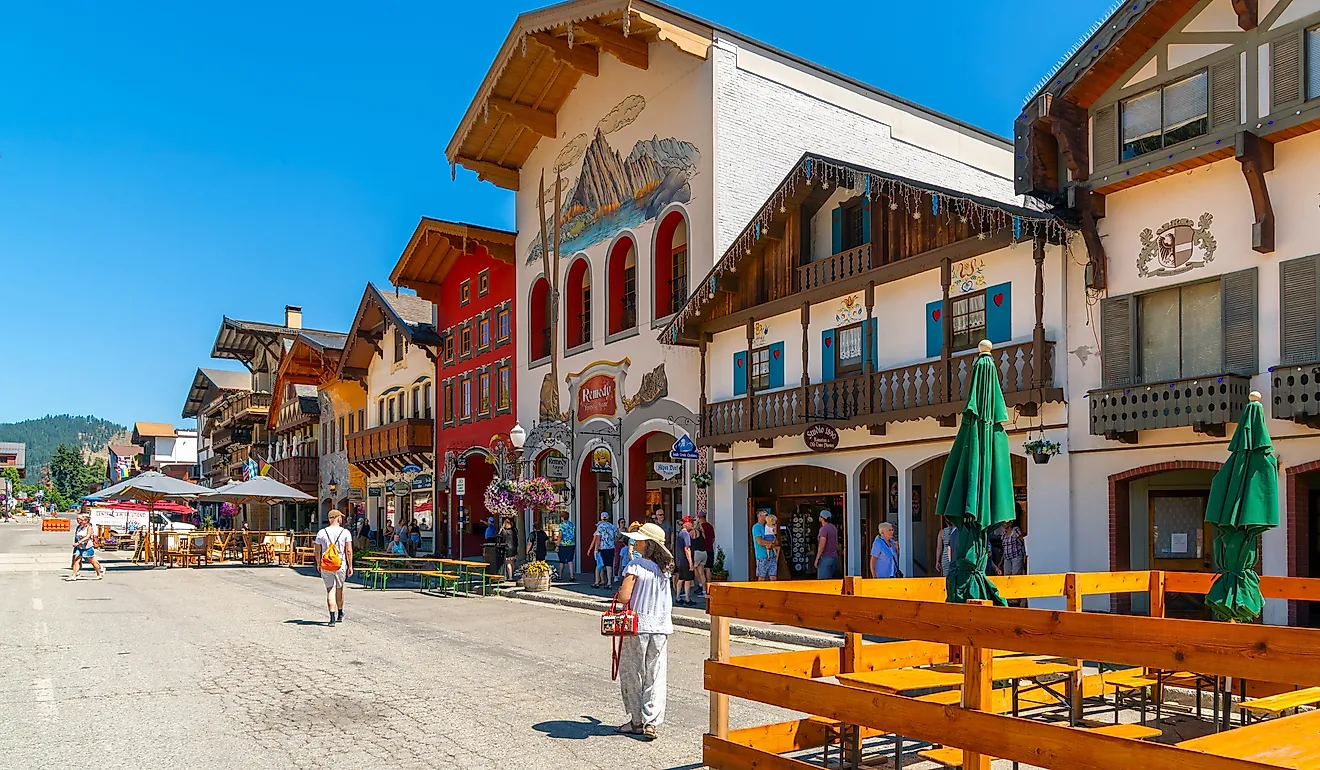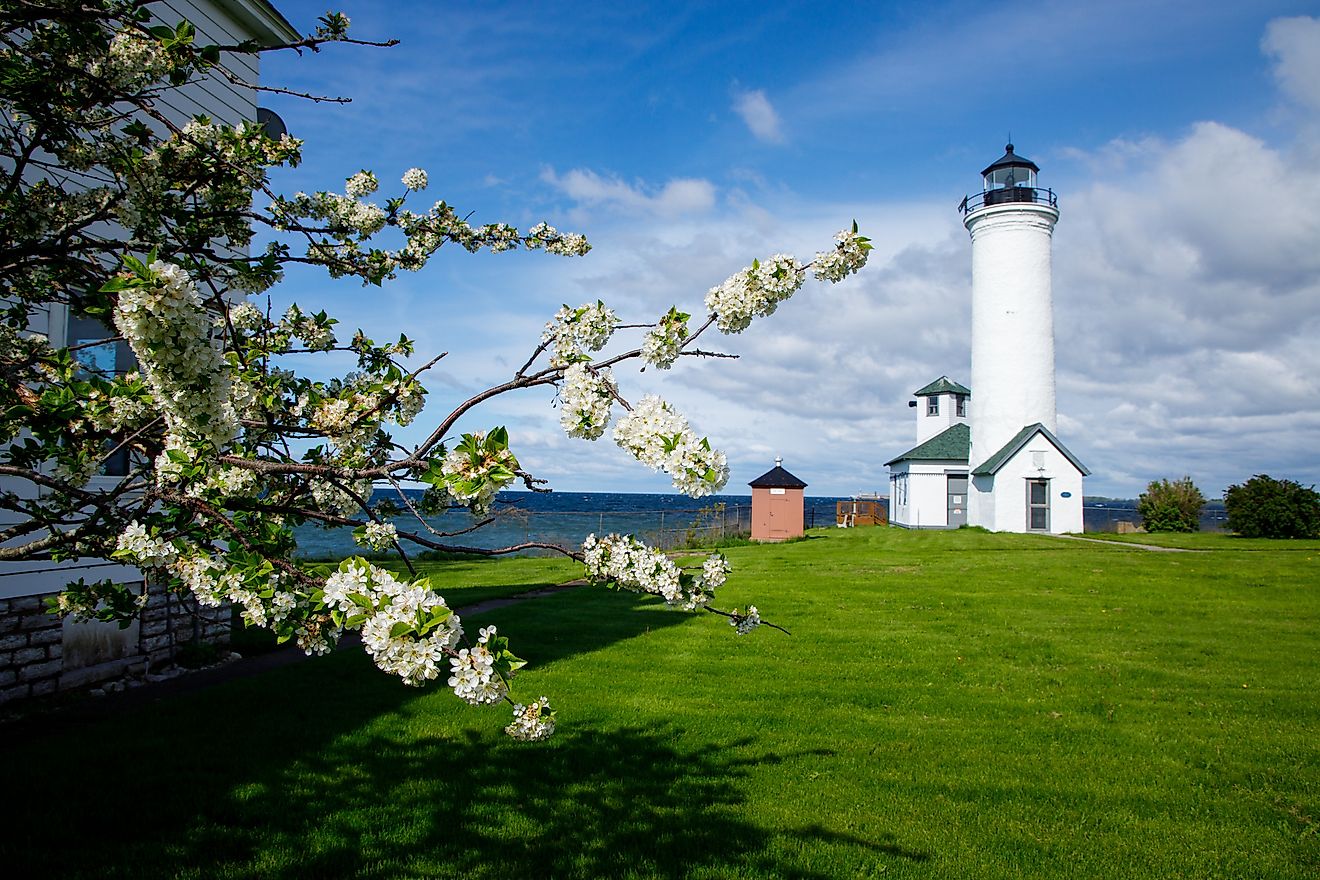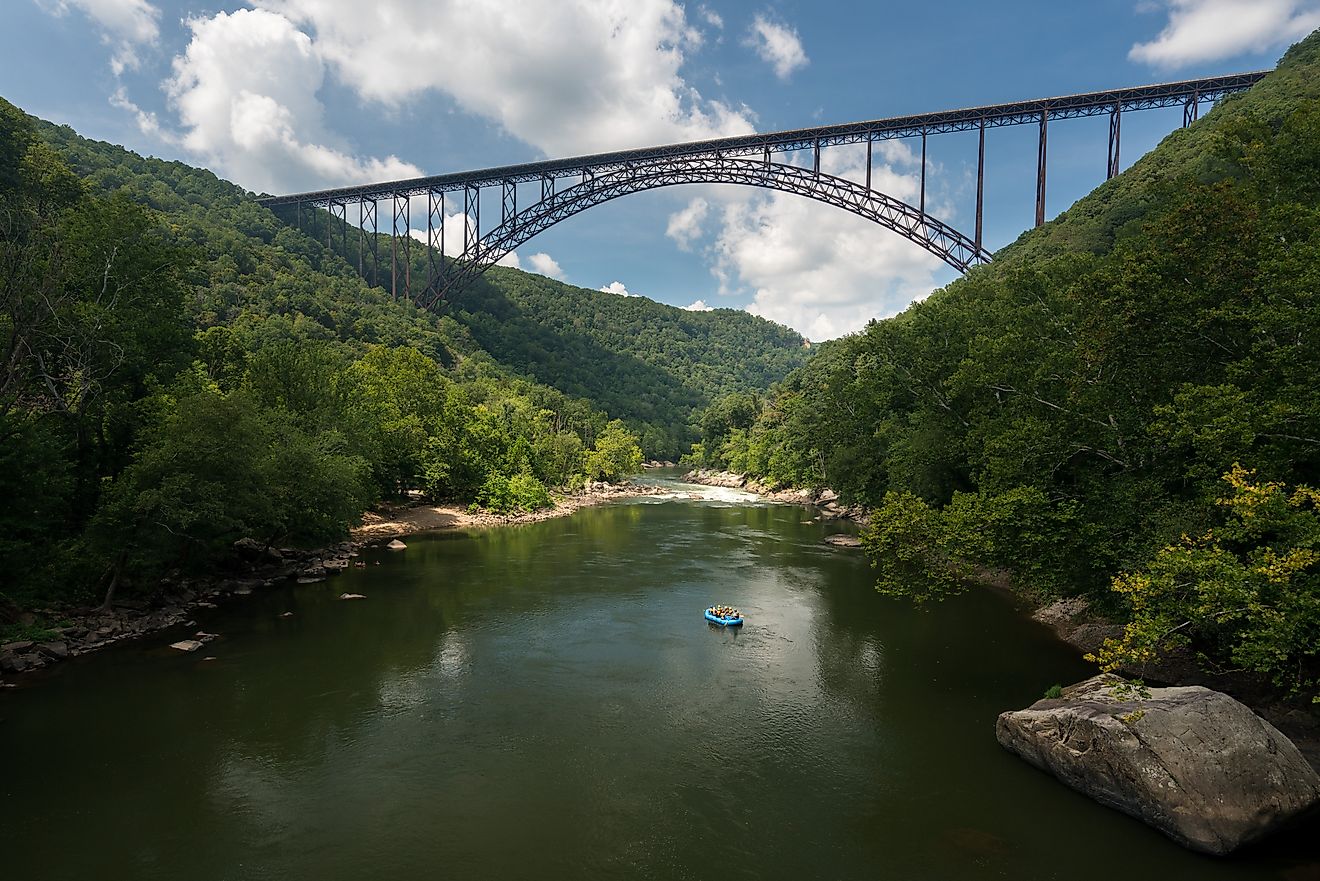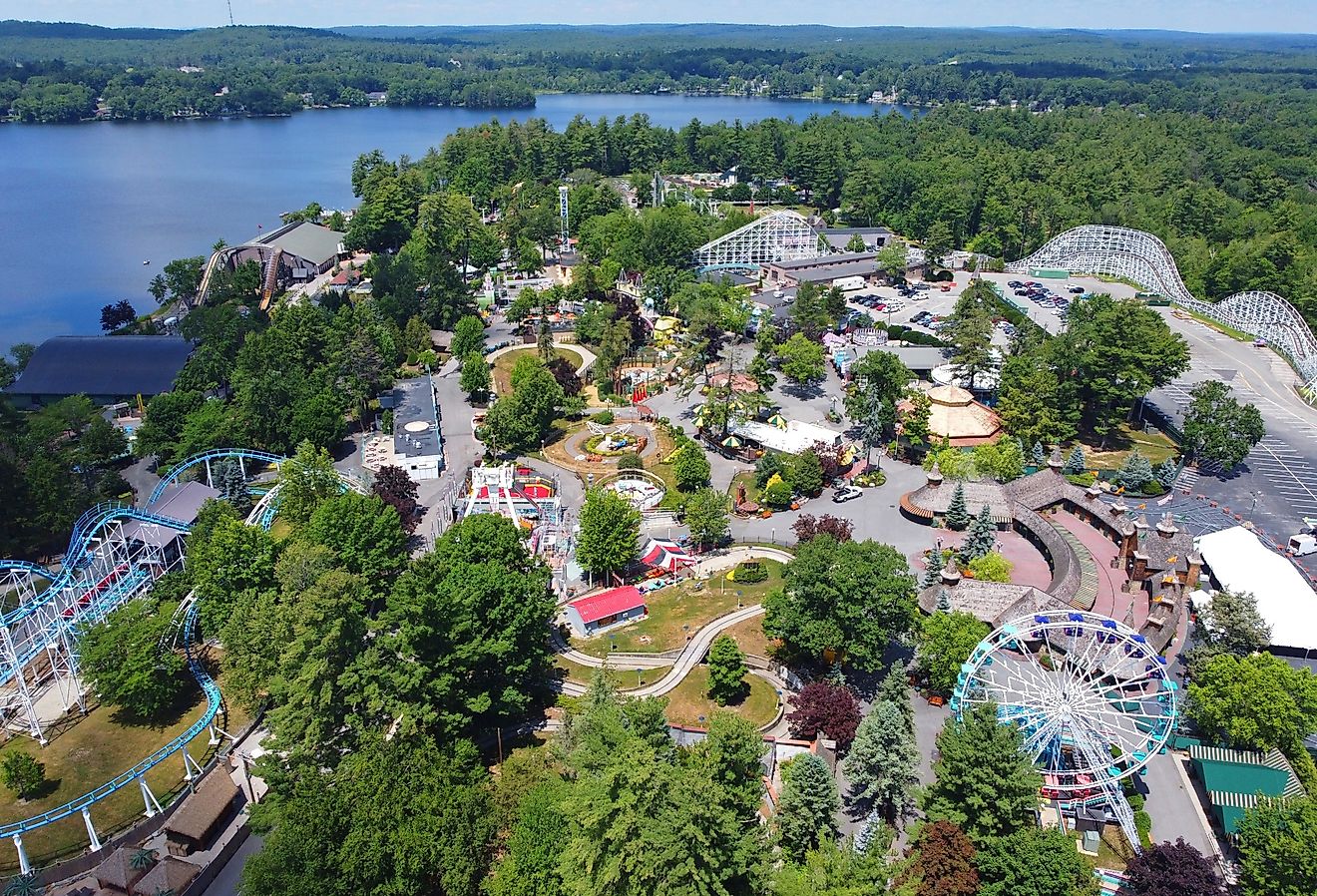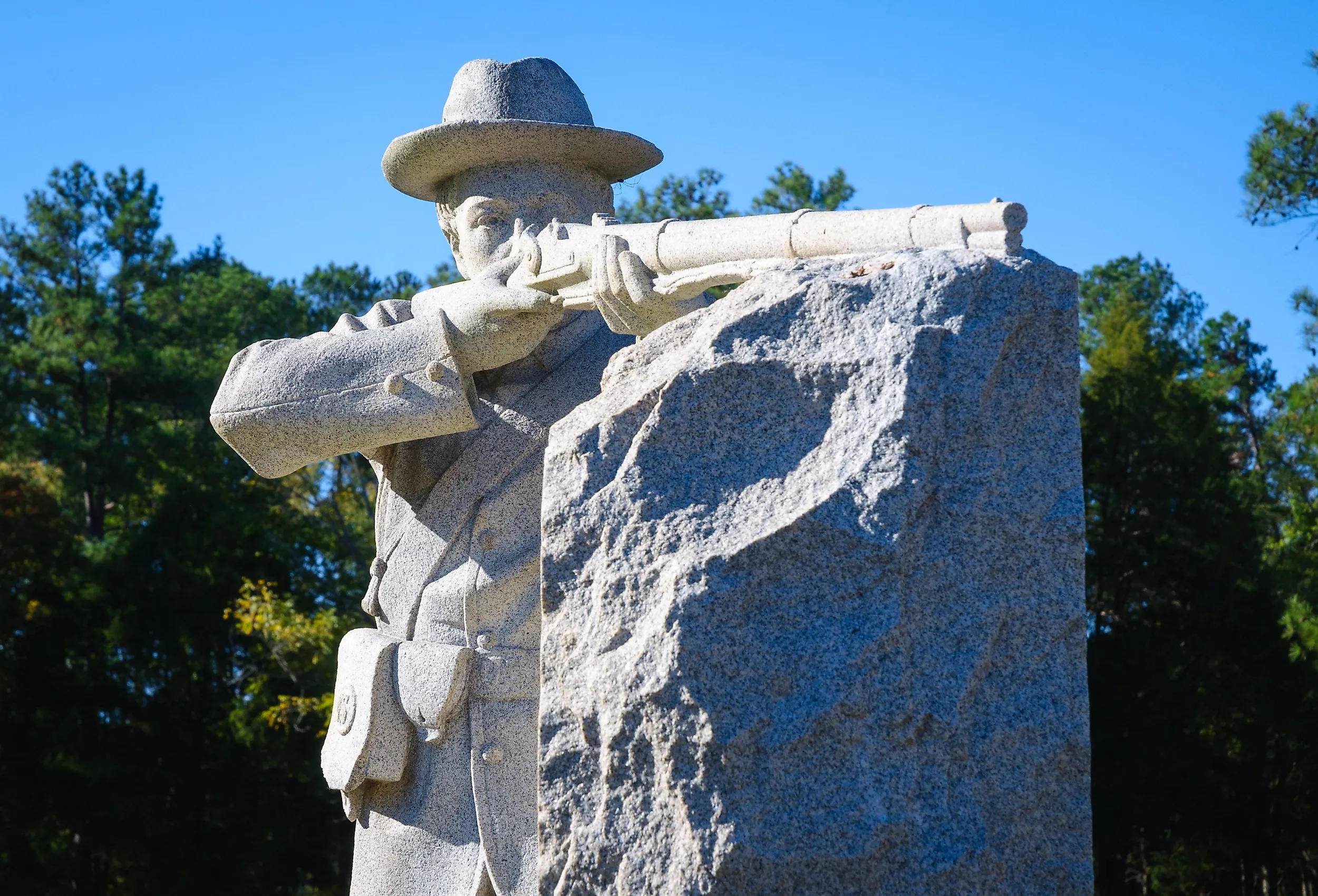
Top 7 Civil War Monuments In The United States
The United States honors a turbulent side of its past with a vast array of Civil War monuments, ranging from battlefield markers to urban memorials. These sites commemorate the soldiers and leaders who made history by fighting to enforce the Emancipation Proclamation, highlighting individual contributions as well as broader state and regional involvement.
A visit to any of these destinations will provide a near direct connection to real historical events, offering insight into military strategy, stories of personal sacrifice, and the broader social and political context of the 19th century. Today, we will highlight some of the most significant and accessible memorials across the country that any history buff or curious traveler should check out!
Gettysburg National Military Park - Gettysburg, Pennsylvania
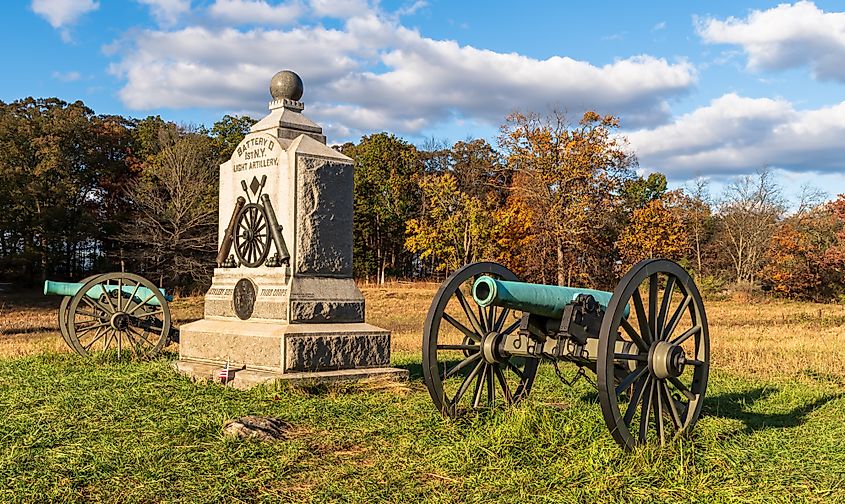
The world-renowned Gettysburg National Military Park contains one of the most extensive collections of Civil War monuments in the country, with more than 1,300 unique markers, statues, and memorials spread across this historic 6,000-acre battlefield. Established in 1895, the park preserves the site of the pivotal 1863 battle that became a turning point in the war.
Here, you will find monuments dedicated to both Union and Confederate regiments, commanders, and the various states that took part in the conflict. Among the most notable are the towering Pennsylvania State Memorial, the Virginia Memorial (featuring a statue of Robert E. Lee), and the Soldiers’ National Monument, which stands near the site of Lincoln’s famous Gettysburg Address.
You can choose between embarking on a driving tour or walking local trails to get direct access to these landmarks, allowing anyone to connect the physical landscape with the events that unfolded there. With that, a visit to Gettysburg remains key for understanding both the scale of the battle and how it has been remembered over 150 years later.
Antietam National Battlefield - Sharpsburg, Maryland
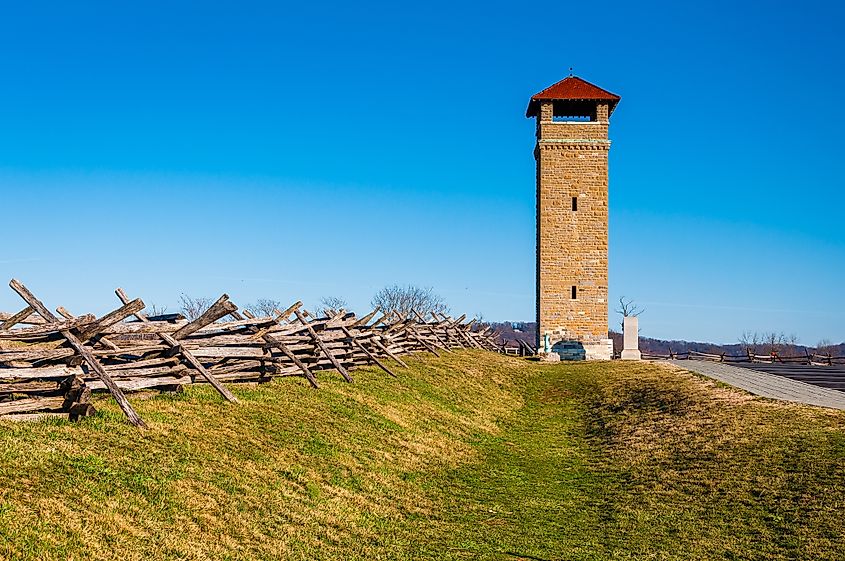
Antietam National Battlefield preserves the site of the bloodiest single day of combat in American history, fought on September 17, 1862, with nearly 23,000 killed, injured, or missing. The battlefield features more than 100 monuments and markers that commemorate the regiments involved, with the most notable being the 58-foot-tall New York State Monument, which honors the thousands of New Yorkers who fought at Antietam.
Moreover, the iconic Burnside Bridge, a focal point of intense fighting, is also marked with memorials, including those dedicated to the 51st Pennsylvania and 51st New York regiments. Other notable tributes include the Maryland State Monument, which honors soldiers from both sides of the divided state of Maryland, situated at the crossing point between the North and the South.
Exploring the battlefield can be done by car or on foot, with trails leading to important sites such as the Sunken Road, also known as “Bloody Lane.” Regardless of how you experience it, Antietam offers a somber view of the true human cost of the war and sheds light on one of the darkest single days in American history.
Vicksburg National Military Park - Vicksburg, Mississippi
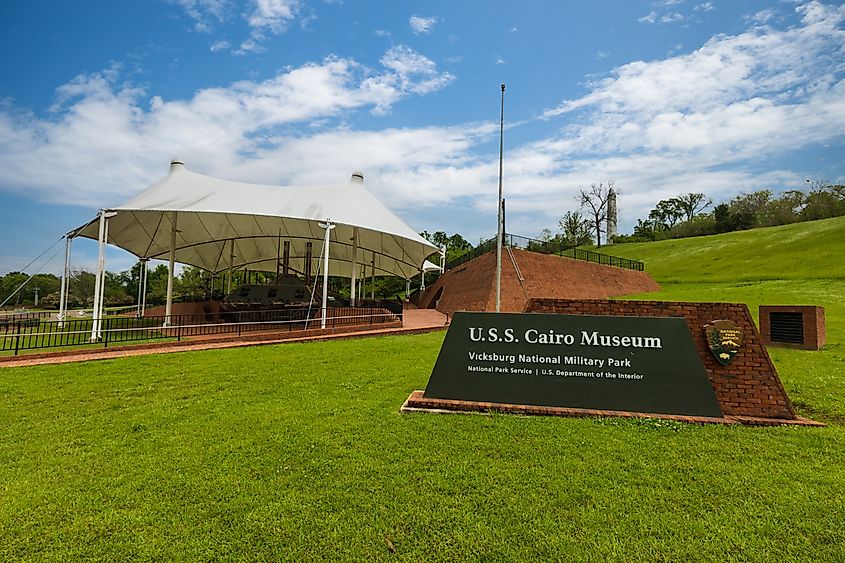
Vicksburg National Military Park oversees the site of the 47-day siege that ultimately gave the Union control of the Mississippi River in 1863, yet another decisive moment that brought the country closer to the end of the war. This park contains around 1,400 individual monuments, making it one of the most monument-rich battlefields in the nation.
The Illinois State Memorial stands out with its beautiful domed structure and 60 interior bronze tablets listing the names of 36,325 participating Illinois soldiers. Other significant markers include the Texas State Memorial and tributes to Union leaders such as General Ulysses S. Grant. Interestingly, the park also features the restored Union ironclad USS Cairo, a rare surviving Civil War gunboat, displayed alongside its own dedicated museum.
Manassas National Battlefield Park - Manassas, Virginia
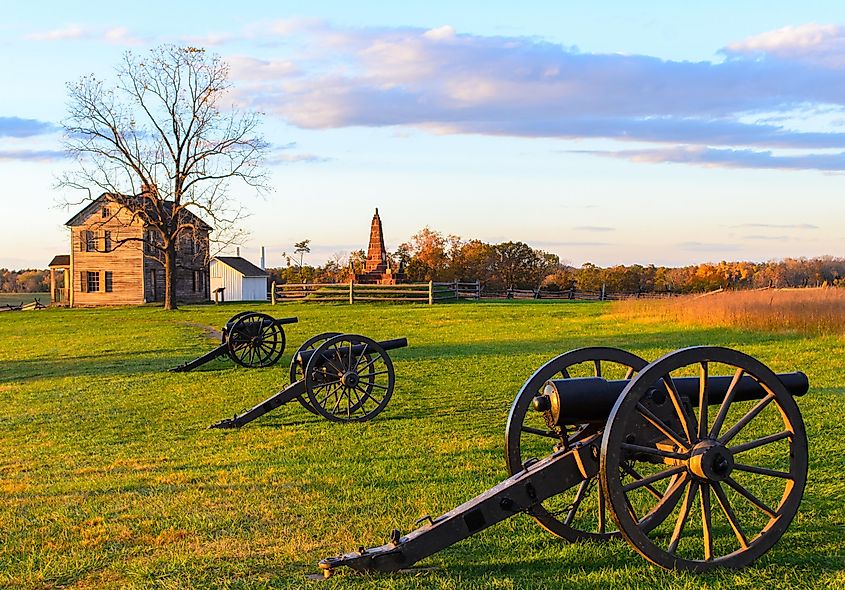
Manassas National Battlefield Park is the site of the first and second Battles of Bull Run, fought in 1861 and 1862, marking some of the first major engagements of the American Civil War. It contains dozens of plaques, statues, and other points commemorating participating units and generals.
Must-see monuments include the Stone House, used as a field hospital, and the Confederate Generals’ Monument, honoring separatists such as Thomas “Stonewall” Jackson, who earned a promotion to Major General for his actions here. Furthermore, a variety of Union and Confederate regimental markers dot the landscape, offering even more insight into troop movements and individual engagements.
For those who want a deeper dive into the park, several scenic driving routes, maintained trails, and interpretive centers that explain both the strategic and personal aspects of the conflict should also be explored.
Soldiers’ and Sailors’ Monument - Indianapolis, Indiana
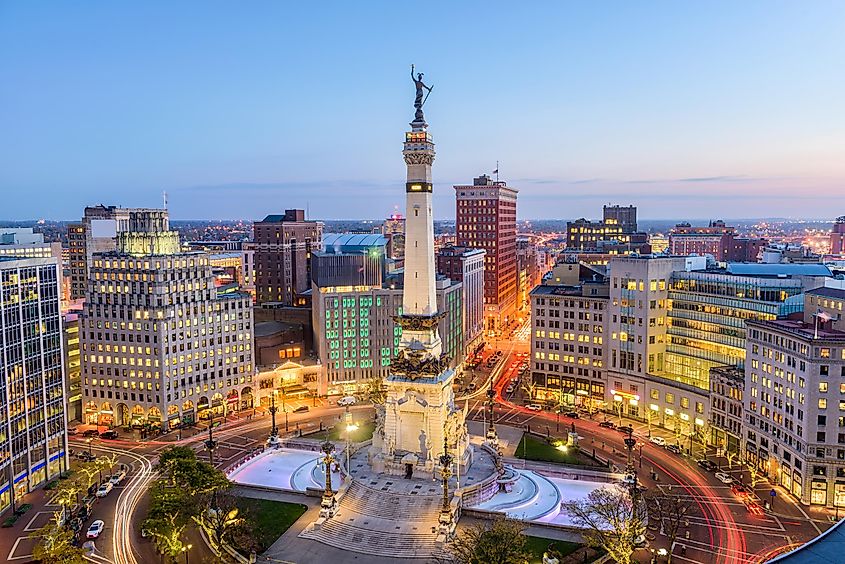
Completed in 1902, the Soldiers’ and Sailors’ Monument in downtown Indianapolis honors Indiana’s Union veterans. Rising just over 284 feet, it is a central, obvious architectural feature of the city, incorporating sculptures, bas-reliefs, and inscriptions that detail campaigns and sacrifices made by brave locals.
Be sure to walk up to the observation deck at the top, where towering views of the downtown skyline can be appreciated, and take the time to examine its base more closely to appreciate the sheer amount of intricate detail that went into the tower's many ornate features. The site also remains a hotspot for community events, hosting ceremonies on Memorial Day and Veterans Day pretty much every year since its completion.
African American Civil War Memorial - Washington, D.C.
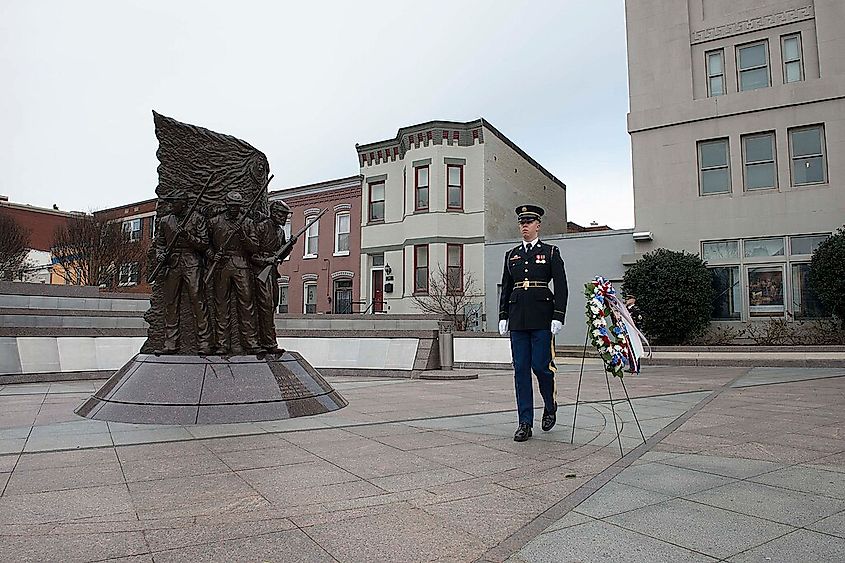
The African American Civil War Memorial in Washington, D.C., commemorates the 209,145 Black soldiers who served in the Union Army during the Civil War. Unveiled in 1999, the memorial features a 9-foot bronze statue of a group of soldiers standing atop a granite pedestal, surrounded by a semicircular wall inscribed with the names of those who served. The point is to highlight the often-overlooked contributions of African Americans to the Union war effort.
Adjacent to the memorial is the African American Civil War Museum, located in the historic Grimke School, which houses artifacts such as uniforms and handwritten letters that help contextualize the experiences of these soldiers. This site also serves as a center for educational programs and ceremonies that further recognize the broader scope of African American history, making it a critical location for understanding the Civil War’s human rights legacy that goes beyond what most traditional battlefield monuments offer.
Chickamauga and Chattanooga National Military Park - Georgia/Tennessee
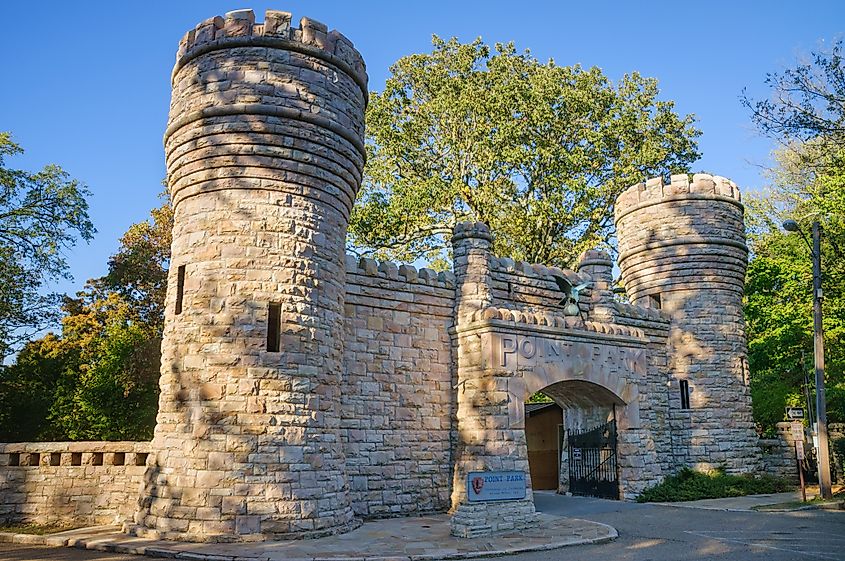
Chickamauga and Chattanooga National Military Park encompasses the sites of two major Civil War campaigns: the Battle of Chickamauga in Georgia (September 1863) and the subsequent Chattanooga Campaign in Tennessee. Established in 1890 as the first national military park in the United States, it boasts hundreds of monuments commemorating the players involved in these engagements.
Highlighting both Union and Confederate contributions, notable features include the massive Illinois State Monument, the Georgia State Monument, and statues of generals such as George Thomas and James Longstreet. You can engage in self-guided driving tours, hiking trails, and interpretive pathways that lead to numerous significant points. Be sure to also stop by Snodgrass Hill and Missionary Ridge to gain a more intimate understanding of the layout of the former battlefield.
The park also preserves earthworks, artillery placements, and observation points, serving as an educational resource that offers insight into military tactics, the regional impact of the war, and the overall human cost of these pivotal campaigns in the conflict.
Learn More About the Civil War at These Intriguing Destinations
Fans of history and curious travelers touring across the United States can now experience a slice of the Civil War at each of the above-mentioned locations. This tragic piece of the past (with a hopeful ending) was, in fact, one of the most intense American conflicts of all time, with well over 600,000 soldiers perishing, many of whom died for the cause of ending slavery and reuniting the nation once again. A respectful visit to any of these sites will provide you with an educational and insightful experience, offering a variety of ways to explore, whether on foot or by vehicle.
